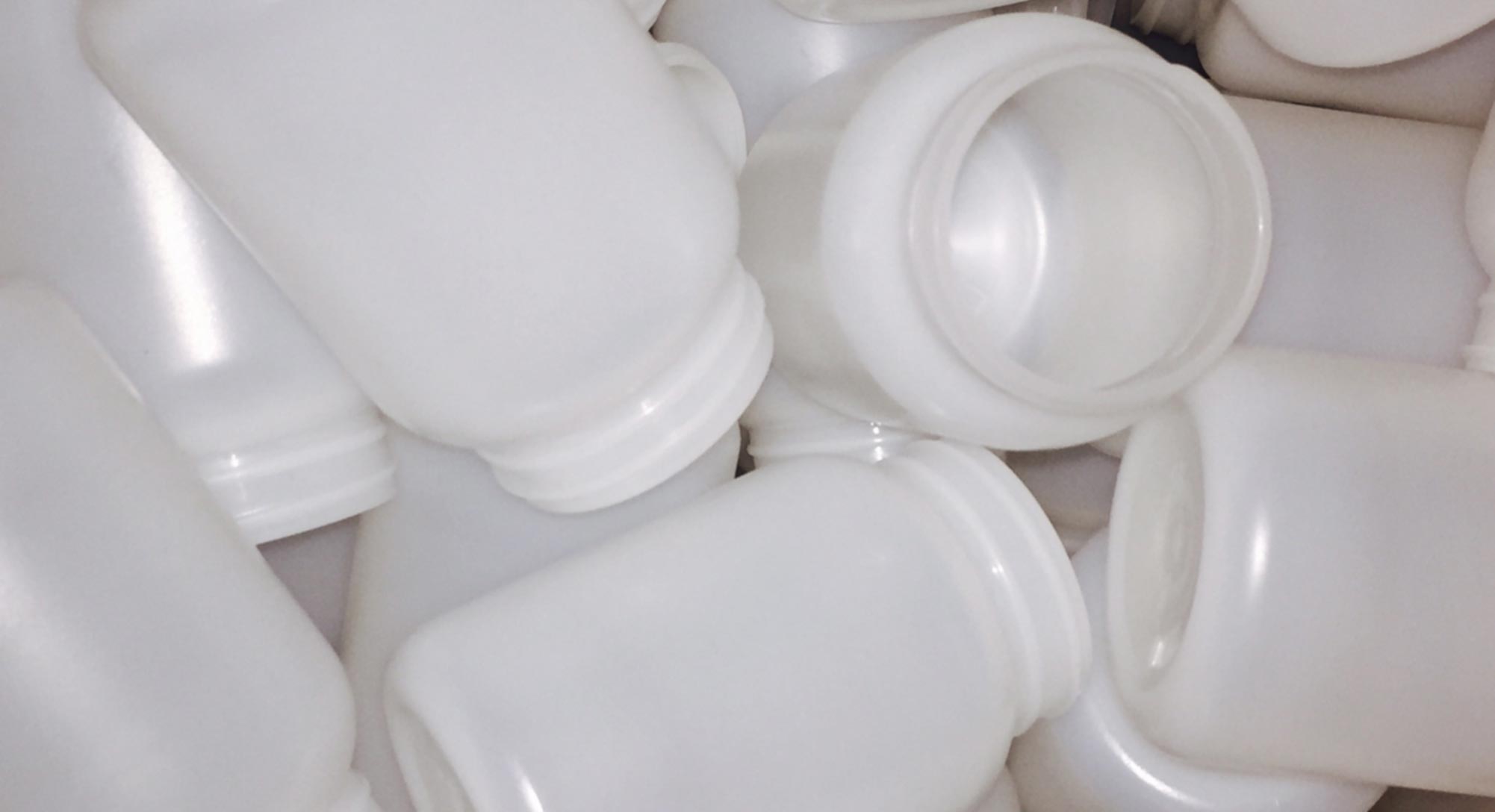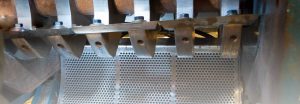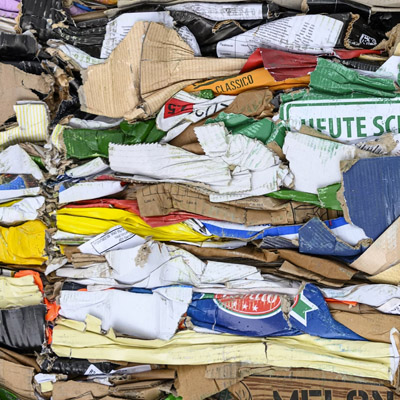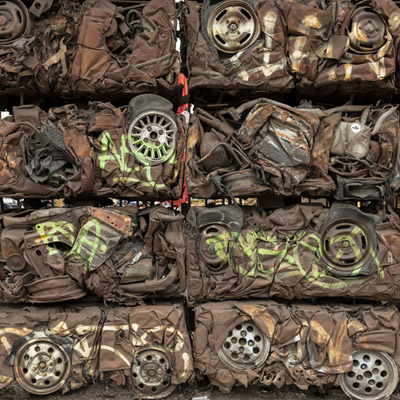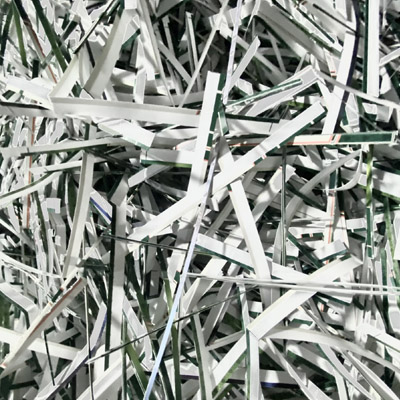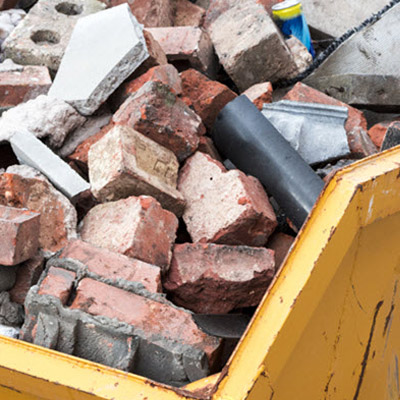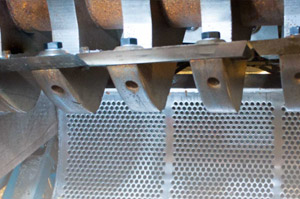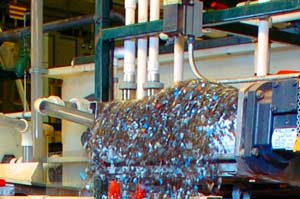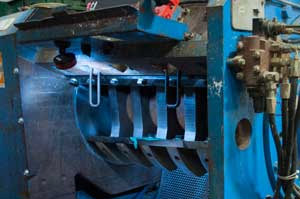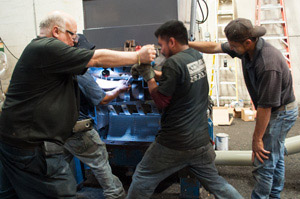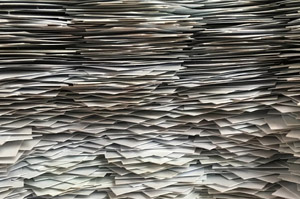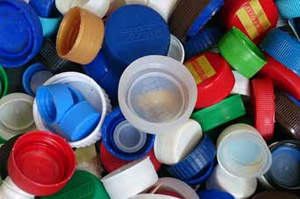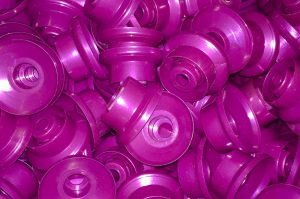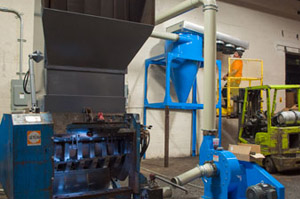WELCOME TO CORPORATE GRIND
Corporate Grind is your all-inclusive, full-service facility. Corporate Grind specializes in manufacturer recycling services including paper, plastic, metal, secure destruction, trash, dumpsters, and warehouse clean-outs.
Corporate Grind: Your Full-Service Recycling Facility
Close to home for your convenience
About Us
Since 2016, Corporate Grind has been a trailblazing recycling company. We began as a small plastics recycler with a nominal building, a grinder, a semi-tractor and a fleet of six 53’ trailers. We transformed damaged pill-bottles, milk crates, bins, and other discarded plastic into high-quality regrind. This regrind was then sold and turned into new plastic items. Building on our early success, we expanded to fill the additional needs of our customers. In 2019, we moved into a larger building. With this relocation, we were able to grow our fleet of equipment. We purchased a dual-ram horizontal baler, two vertical down-stroke balers, two shredders with plastic, paper, and metal capabilities, a roll-shear, a second semi-truck, and fifty additional trailers.
Our commitment to sustainability now far extends beyond just discarded plastics. Our scope has expanded into paper and metal recycling, as well as our secure destruction services including documents, hard-drives, phones, laptops and other sensitive materials. Corporate Grind is invested in delivering top-notch service, ensuring that you receive reliable and eco-conscious solutions each and every step of the way.
